Get a Customized Website SEO Audit and Online Marketing Strategy and Action Plan
After the dramatic events of Missions 6 and 7, where energy conversion and storage reached unprecedented levels, the team is ready to embark on the next monumental phase: constructing a Dyson Swarm. This is not just another scientific experiment. It is a revolutionary project aimed at capturing the power of a star to fuel entire civilizations.
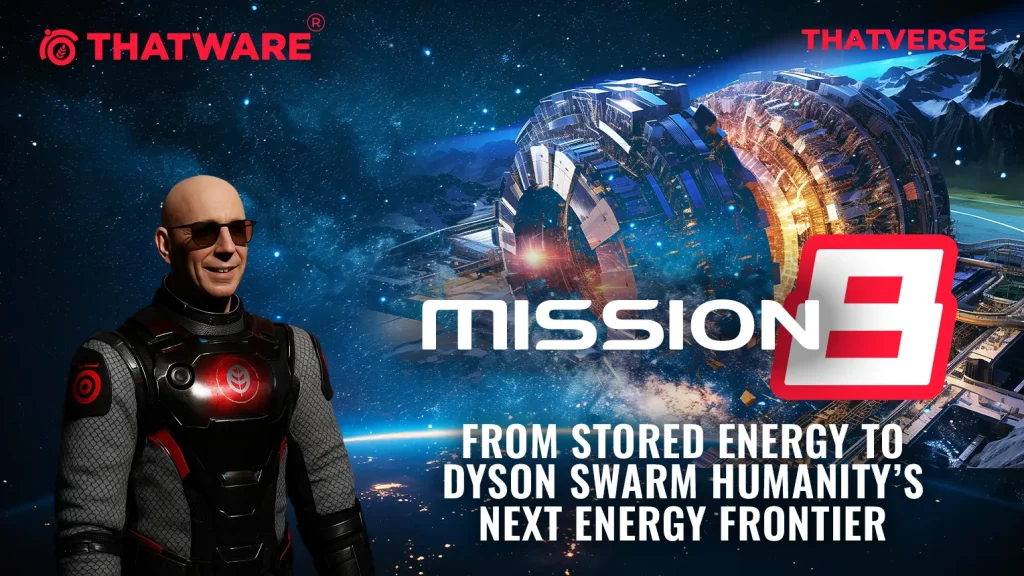
The journey from harnessing energy to deploying it across a distant star is a story of ambition, ingenuity, and advanced technology. For researchers, futurists, and engineers, this mission offers insights into the practical applications of energy storage, autonomous construction, and artificial intelligence at an interstellar scale.
Recap: The Energy Breakthrough
Before humanity could even dream of constructing a Dyson Swarm, it first had to conquer the fundamental problem of energy mastery. Missions 6 and 7 became the turning point—two daring ventures that transformed theoretical physics into practical engineering.
In Mission 6, Dan and ThatX confronted the volatile chaos of antimatter annihilation and other exotic energy sources. The challenge was not in generating power—there was plenty of it—but in stabilizing the extraction process. Without control, antimatter reactions threatened to spiral into catastrophic chain reactions. Through precision field regulators and containment lattices, they achieved what had once been dismissed as impossible: a steady, predictable stream of raw energy drawn from the universe’s most violent reactions.
Mission 7 built upon this triumph, shifting focus from extraction to storage. Harnessing energy was meaningless without a way to preserve and transport it safely across interstellar distances. Here, the breakthrough came in the form of time-lattice pockets—microscopic folds in spacetime where energy could be compressed and suspended indefinitely. Coupled with the invention of quantum batteries, these innovations allowed unimaginable reserves of power to be condensed into compact, stable units.
By the conclusion of these missions, the team had achieved something unprecedented: not only had they captured staggering quantities of energy, but they had also devised a way to store and transport it with near-perfect efficiency. This dual achievement laid the foundation for everything that followed.
The Dyson Swarm was no longer a distant dream of futurists—it was now a practical engineering project, powered by the breakthroughs of Missions 6 and 7. What had once been considered impossible was suddenly within reach, and the stars themselves seemed ready to be reshaped by human hands.
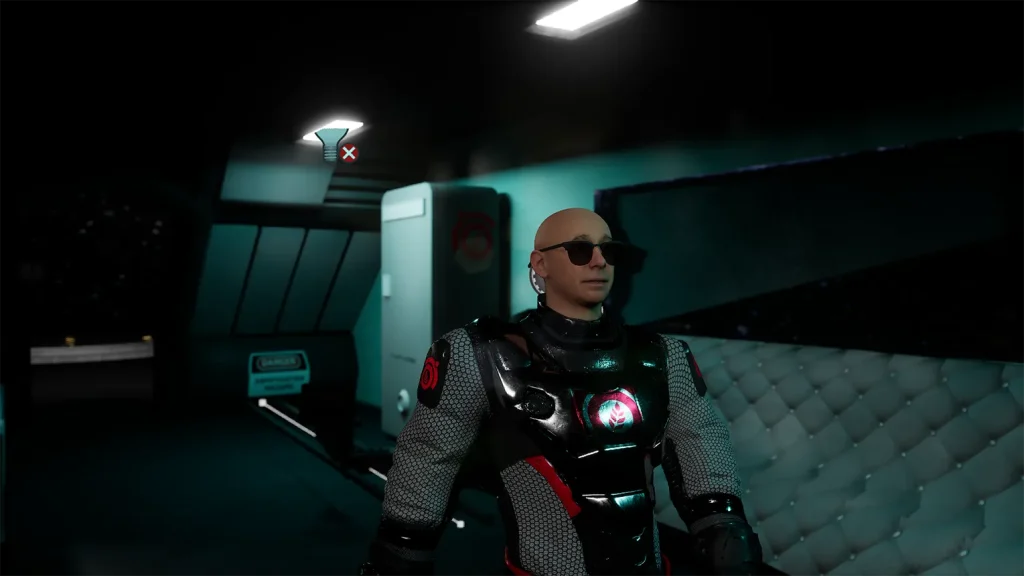
Choosing the Perfect Star: Luca 70440
With the energy core stabilized and the propulsion systems humming in harmony, the team faced their next monumental challenge: selecting the perfect stellar anchor for the Dyson Swarm. This wasn’t just a technical decision—it was the linchpin of the entire mission’s success.
Enter ThatX, the hyper-intelligent AI companion engineered for deep-space reconnaissance and predictive modeling. Tasked with scanning the galactic neighborhood, ThatX sifted through thousands of stellar candidates, analyzing gravitational fields, magnetic flux, and long-term luminosity patterns. After days of relentless computation, one name rose above the rest: Luca 70440.
Located approximately nine light-years from their current position, Luca 70440 wasn’t just suitable—it was exceptional. Its stellar stability promised minimal flare activity, reducing the risk of radiation surges that could compromise the swarm’s delicate solar collectors. The radiation levels were within optimal thresholds, ensuring both safety and efficiency. Even more promising was the abundance of nearby asteroids and moons, rich in metals and silicates, perfect for constructing and maintaining the swarm’s infrastructure.
But the choice of star went beyond logistics. A miscalculation could lead to catastrophic consequences—structural collapse, orbital drift, or even stellar destabilization. The Dyson Swarm, a marvel of human ingenuity, required a host that could support its vast network of energy-harvesting satellites without faltering.
Luca 70440 wasn’t just a star; it’s a promise. A beacon of potential. And with its selection, the team took one step closer to unlocking a new era of interstellar civilization.
Transporting Stored Energy: The Quantum Battery Solution
Among the many obstacles facing the mission, none loomed larger than the question of energy transport. The Dyson Swarm project demanded unimaginable reserves of power, and moving that energy safely across light-years was a logistical nightmare. Traditional containment methods—fusion cells, antimatter capsules, even stabilized plasma conduits—were either too unstable, too bulky, or too inefficient for the journey ahead.

It was Dan, with his relentless ingenuity, and ThatX, the ever-calculating AI, who devised the breakthrough: the Quantum Battery Solution. By tapping into time-lattice pockets—microscopic folds in spacetime where energy could be compressed and suspended—they discovered a way to condense vast amounts of power into a form both portable and secure.
The result was a fleet of one hundred quantum batteries. Each unit, no larger than a cargo crate, could store the energy output of entire planetary power grids. Unlike conventional systems, these batteries were:
- Compact: Small enough to be stowed within the starship’s cargo bays without displacing critical supplies.
- Stable: Immune to radiation surges, gravitational fluctuations, and even the stresses of faster-than-light travel.
- Efficient: With near-zero energy leakage, they preserved every joule until the exact moment of deployment.
For the crew, this innovation was more than a technical achievement—it was liberation. No longer tethered to fragile energy conduits or dependent on harvesting fuel mid-journey, they could now carry the heart of a civilization’s power grid within their vessel.
The quantum batteries symbolized a turning point in interstellar engineering. They weren’t just containers of energy; they were bridges between worlds, enabling humanity to transport the lifeblood of progress across the stars.
With them, the dream of constructing the Dyson Swarm around Luca 70440 shifted from possibility to inevitability.
Establishing the Stellar Infrastructure Layering
When the expedition finally reached Luca 70440, the team knew that the star itself was only the beginning. Before a single solar collector could be deployed, they needed to establish a foundation in space—a framework upon which the Dyson Swarm could grow. This critical first phase was known as Stellar Infrastructure Layering (SIL).
SIL was not a single structure but a multi-tiered lattice of orbital systems, designed to weave together every aspect of the swarm’s future operations. It functioned as the skeletal backbone of the megastructure, ensuring that construction could proceed in a controlled, scalable, and sustainable manner.
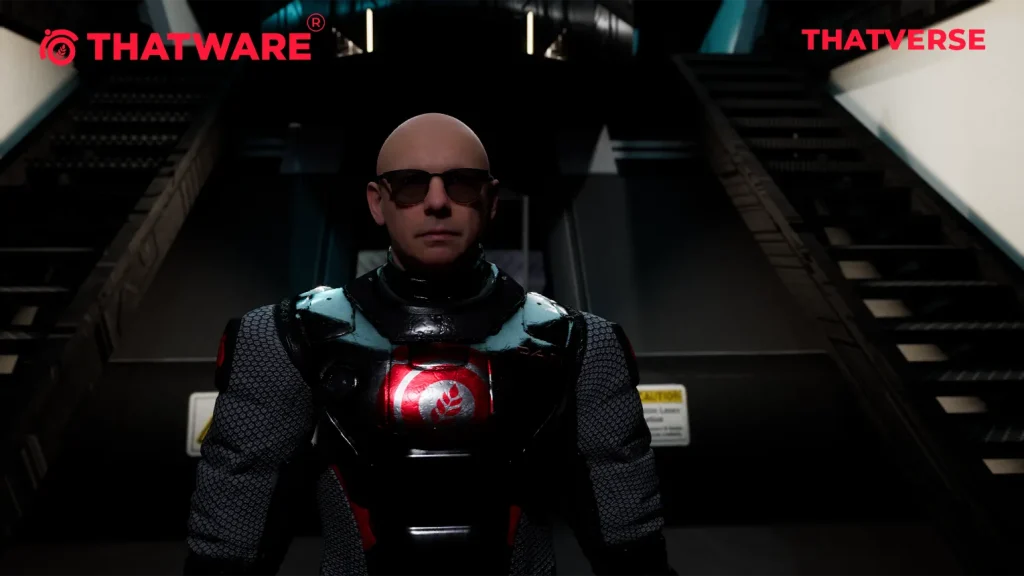
At its core, SIL integrated three essential domains:
- Energy Distribution Networks: Vast relay stations and superconducting conduits were positioned in carefully calculated orbits, ensuring that harvested stellar energy could be transmitted seamlessly across the swarm. These networks acted like arteries, carrying power from the collectors to storage hubs and eventually to interstellar transport systems.
- Resource Extraction Channels: SIL coordinated the flow of raw materials from asteroid belts, moons, and planetary crusts. Automated cargo drones and refinery stations were linked into the framework, creating a constant supply chain that fed the Nano Core Assembly Nodes (NCANs).
- Orbital Stabilization Systems: To prevent chaos in the crowded orbital environment, SIL deployed gravitational anchors, station-keeping satellites, and AI-guided traffic control. These systems ensured that tens of thousands of units could operate in harmony without collisions or orbital drift.
The brilliance of SIL lay in its layered design. The first layer established orbital stability, the second enabled energy flow, and the third created logistical pathways for resource movement. Each layer reinforced the next, forming a self-sustaining scaffold that could expand outward as the swarm grew.
Without SIL, the Dyson Swarm would have been a patchwork of disconnected modules—vulnerable to inefficiency, instability, and catastrophic failure. With it, however, the project transformed into a living infrastructure, capable of adapting, scaling, and enduring for millennia.
In many ways, SIL was more than just preparation. Rather, it was the true beginning of the Dyson Swarm, the invisible architecture that would allow humanity to harness the full brilliance of Luca 70440.
Deploying Nano Core Assembly Nodes
At the very heart of the Dyson Swarm’s construction lies the Nano Core Assembly Nodes (NCANs)—the true architects of the megastructure. Unlike traditional factories, these are not static facilities but self-replicating nano-factories, each powered by a Quantum Singularity Threadline (QST) that links them to an endless chain of microscopic manufacturing units. This threadline acts as both a power source and a coordination network, allowing trillions of nanoscale machines to function as a single, synchronized organism.
Once deployed, NCANs scatter across the system like seeds of industry. They are designed to operate with complete autonomy, guided by ThatX’s overarching intelligence but capable of independent decision-making. Their first task is resource acquisition: fleets of core-harboring drones descend upon nearby moons, asteroid belts, and even the upper layers of planetary crusts. These drones drill, harvest, and refine raw materials on-site, feeding the NCANs with a steady stream of metals, silicates, and rare isotopes.

From this raw matter, the NCANs begin their true work—assembling Swarm Shell Units (SSUs). Each SSU is a modular solar collector, designed to interlock with thousands of others to form the Dyson Swarm’s vast lattice. A single NCAN can produce and launch tens of thousands of SSUs every day, and because they are self-replicating, their numbers grow exponentially. What begins as a handful of nodes soon becomes a sprawling, automated industrial ecosystem spanning entire orbits.
The brilliance of the system lies in its efficiency. The quantum batteries carried aboard the starship are not wasted on idle processes or storage—they are funneled directly into NCAN operations, ensuring that every joule of energy is transformed into tangible progress. The swarm grows not in fits and starts, but in a steady, accelerating rhythm, each new SSU adding to the collective capacity to harvest stellar energy.
In many ways, the NCANs represent more than just a tool—they are a civilization in miniature, capable of reproducing, adapting, and scaling without human oversight. They embody the pinnacle of autonomous manufacturing, a technology that blurs the line between machine and ecosystem. With their deployment, the dream of encasing Luca 70440 in a glittering web of solar collectors shifts from theory to inevitability.
The Dyson Swarm is no longer just a vision—it is a living project, growing node by node, shell by shell, under the tireless labor of the Nano Core Assembly Nodes.
Understanding Swarm Shell Units
At the core of the Dyson Swarm’s design are the Swarm Shell Units (SSUs)—modular, self-sustaining structures that serve as the fundamental building blocks of the megastructure. Hence, each SSU is a marvel of advanced engineering, combining three revolutionary materials: Photonic Voidglass, Hyperlight Mesh, and Neutron-Carbon Filaments. Together, these components provide a balance of strength, flexibility, and resilience unmatched by any previous construction material.
Photonic Voidglass acts as the primary surface layer, capable of capturing and channeling stellar radiation with near-perfect efficiency. Its semi-transparent lattice allows photons to be absorbed, redirected, or released depending on the swarm’s energy requirements.
Hyperlight Mesh forms the structural skeleton, a lightweight yet immensely strong framework that can withstand the gravitational stresses of orbit while maintaining precise alignment with thousands of neighboring units.
Neutron-Carbon Filaments weave through the design, functioning as ultra-conductive veins that transport harvested energy to distribution nodes with minimal loss.
Beyond material science, safety is paramount. A star as powerful as Luca 70440 cannot be recklessly enclosed. To mitigate risks, each SSU incorporates a semi-permeable radiation membrane. This ingenious feature allows a controlled fraction of stellar radiation to escape, preventing dangerous pressure buildup and ensuring the star’s natural equilibrium remains undisturbed. In effect, the Dyson Swarm becomes a carefully tuned filter rather than a suffocating shell.
The modular nature of SSUs also ensures scalability. Tens of thousands can be deployed daily by the Nano Core Assembly Nodes, gradually expanding the swarm without destabilizing orbital mechanics. Each unit is designed to self-correct its trajectory, communicate with its neighbors, and adapt to fluctuations in stellar output.
In essence, Swarm Shell Units are more than components—they are living instruments of cosmic engineering, harmonizing durability, efficiency, and safety to transform Luca 70440 into a beacon of limitless energy.
Equipping the Dyson Swarm with Advanced Technology
A Dyson Swarm is far more than a constellation of orbiting solar panels. It is a living energy ecosystem, designed to function with precision, adaptability, and resilience on a cosmic scale. At the heart of this system are the Swarm Shell Units (SSUs), each one a self-contained marvel of engineering.
Every SSU is outfitted with solar collectors capable of absorbing stellar radiation across multiple wavelengths, ensuring that no part of Luca 70440’s immense energy output is wasted. These collectors are paired with energy rectifiers, advanced conversion systems that stabilize raw stellar input and transform it into usable power streams. Without rectifiers, the sheer intensity of the star’s output would overwhelm storage and distribution systems.
Perhaps the most revolutionary feature is the integration of AI lattice units. These embedded intelligence grids allow each SSU to communicate with its neighbors, forming a vast, decentralized network. This lattice ensures that the swarm operates as a coordinated whole, dynamically adjusting orbital positions, energy flow, and structural alignment in response to fluctuations in stellar activity. In effect, the Dyson Swarm behaves less like a rigid machine and more like a self-regulating organism.
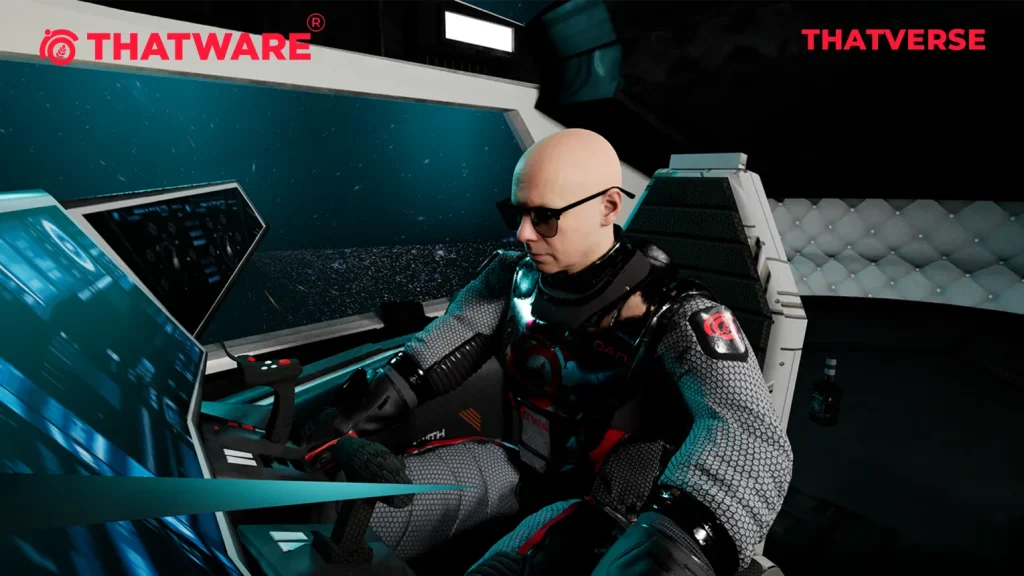
The swarm’s architecture is further enhanced by specialized structural layers. Equatorial ring lattices form dense bands of collectors around the star’s midsection, maximizing exposure to the most stable radiation zones. Meanwhile, polar vortex capture sails extend into higher orbital inclinations, harvesting energy from regions often overlooked in traditional designs. Together, these layers create a three-dimensional web of energy capture, ensuring comprehensive coverage of the star’s output.
For engineers and energy specialists, the Dyson Swarm represents the pinnacle of system-level design. It is not merely about generating power but about orchestrating a seamless cycle of collection, conversion, storage, and redistribution. By integrating advanced technologies into every SSU, the swarm achieves a level of efficiency and adaptability that transforms Luca 70440 into a beacon of sustainable, civilization-scale energy.
In this way, the Dyson Swarm is not just infrastructure—it is the blueprint of humanity’s cosmic future, a demonstration of how intelligence and engineering can reshape the stars themselves.
AI Management: Dyson Core AI Lumenix
Coordinating the movements and functions of thousands of Swarm Shell Units (SSUs) orbiting a star is a task far beyond the reach of conventional programming. The complexity of orbital mechanics, energy balancing, and system-wide synchronization demands an intelligence capable of adapting in real time to a constantly shifting environment. To meet this challenge, ThatX unveiled the Dyson Core AI Lumenix—a sentient, light-speed-limited intelligence woven directly into the swarm through a Quantum Thought Mesh (QTM).
Unlike centralized control systems, Lumenix is distributed. Each SSU carries a fragment of its intelligence, allowing the swarm to function as a collective neural network. This ensures resilience: even if individual units fail, the intelligence of the whole remains intact. The QTM enables instantaneous coordination across the swarm, with decisions emerging from the collective rather than a single point of command.
Lumenix’s responsibilities are vast and critical:
- Optimal Placement of SSUs: It calculates orbital trajectories with precision, ensuring maximum solar exposure while maintaining structural harmony.
- Orbital Synchronization: By constantly adjusting velocities and vectors, it prevents collisions in the dense orbital environment.
- Solar Output Balancing: Lumenix regulates energy absorption, preventing overloads and redistributing power to maintain efficiency.
- Continuous Monitoring via SERP: The Solar Entropy Regulation Protocol (SERP) acts as a safeguard, detecting anomalies such as unexpected stellar flares, gravitational disturbances, or unit malfunctions. SERP ensures that the swarm remains stable, preventing collapse, drift, or catastrophic energy imbalances.
What makes Lumenix extraordinary is not only its technical mastery but its adaptive intelligence. It learns from stellar behavior, predicting fluctuations in Luca 70440’s output and adjusting the swarm’s configuration accordingly. Over time, it evolves strategies that no human engineer could anticipate, transforming the Dyson Swarm into a self-optimizing system.
This AI-driven orchestration represents the pinnacle of combining autonomous systems with intelligent oversight. Lumenix is not merely a manager of machines—it is the conductor of a cosmic symphony, ensuring that every unit, every orbit, and every photon harvested contributes to the harmony of a civilization-scale energy network.
Observing the Dyson Swarm in Action
As the Dyson Swarm reached its first stage of completion, Dan and ThatX paused to take in the breathtaking sight before them. The once‑silent orbits of Luca 70440, a star that had burned in solitude for billions of years, were now alive with motion and purpose. Thousands of Swarm Shell Units (SSUs) glided in perfect synchronization, their reflective surfaces catching the star’s light and refracting it into a radiant halo that shimmered across the void.
For Dan, the moment carried the weight of history. What had begun as equations, prototypes, and daring theories had now materialized into a living structure encircling a star. Each SSU was not just a machine but a testament to human ingenuity, a fragment of a dream that had spanned generations.
ThatX, ever analytical, monitored the swarm’s performance in real time. Energy collectors pulsed with activity, rectifiers stabilized the stellar output, and the AI lattice network redistributed power seamlessly across the growing infrastructure. The swarm was no longer an experiment; rather, it was a functioning cosmic engine, capable of harnessing energy on a scale once thought impossible.
This was more than science; it was a profoundly human triumph. To witness the Dyson Swarm in action was to see civilization step beyond planetary limits and claim its place among the stars.
Implications for Humanity and Industry
Mission 8 represents far more than a milestone in engineering. It is a paradigm shift that redefines what humanity can achieve when science, technology, and vision converge. By proving that stellar energy can be captured, stored, and redistributed on a massive scale, the mission offers a blueprint for the future of civilization itself.
For scientists, Mission 8 validates decades of theoretical work, showing that concepts once confined to speculative astrophysics can be realized through disciplined experimentation. It demonstrates that humanity is no longer limited to planetary energy sources but can now tap directly into the near‑limitless power of stars.
For engineers, the Dyson Swarm becomes a living laboratory of autonomous, AI‑driven manufacturing in one of the harshest environments imaginable. The ability to deploy self‑replicating nano‑factories, coordinate thousands of orbiting units, and maintain stability around a volatile star sets a precedent for future megastructures and deep‑space industries.
The implications extend beyond science and engineering. Businesses and policymakers can draw inspiration from the mission’s integration of energy storage, automated construction, and intelligent monitoring. These principles can be adapted to Earth‑based challenges, from renewable energy grids and smart infrastructure to sustainable resource management.
Ultimately, Mission 8 is not just about building around a star—it is about building a future where humanity thrives as an interstellar species, guided by innovation, resilience, and the courage to think on a cosmic scale.
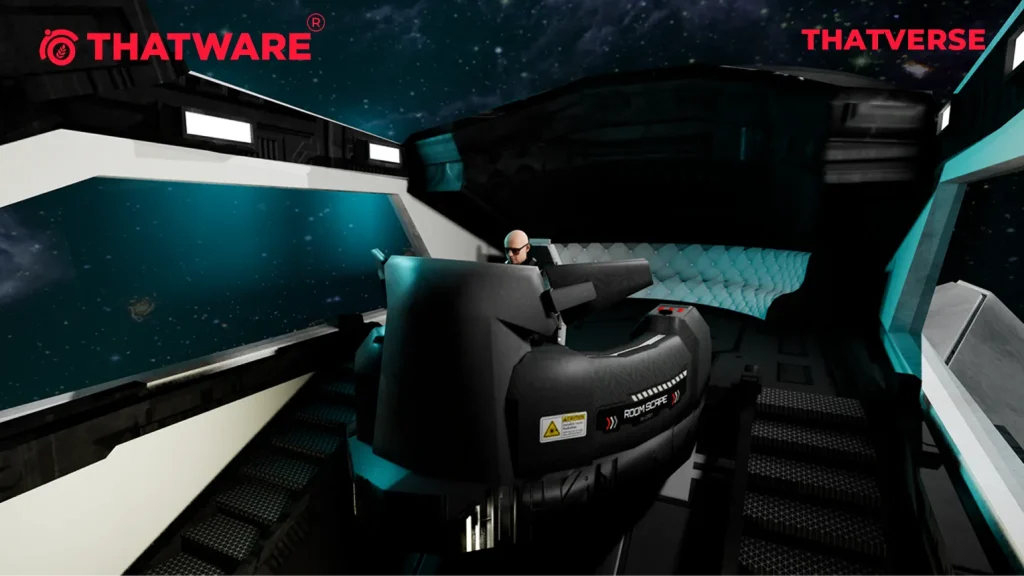
Lessons Learned from Mission 8
Mission 8 was not only a technical triumph but also a learning crucible, offering insights that will shape humanity’s future ventures into interstellar engineering. Several key lessons stand out:
Energy Storage and Mobility Matter
The successful deployment of quantum batteries and time‑lattice storage proved that energy is not just something to be generated—it must also be portable and stable across vast distances. Without this breakthrough, the Dyson Swarm would have remained a theoretical dream. The ability to transport stellar‑scale energy across light-years opens the door to powering colonies, fleets, and industries far beyond a single star system.
Autonomous Systems Are Essential
The role of Nano Core Assembly Nodes (NCANs) and AI‑driven Swarm Shell Units highlighted the necessity of self‑replicating, intelligent infrastructure. Human crews alone could never manage the scale or complexity of such a project. Autonomy ensures scalability, resilience, and adaptability in environments where direct human oversight is impossible.
Safety & Stability Cannot Be Compromised
The integration of semi‑permeable membranes, the Solar Entropy Regulation Protocol (SERP), and continuous AI monitoring underscored a vital truth: no matter how ambitious the project, safeguarding the star and surrounding space is paramount. Stability is not optional. Rather, it is the foundation upon which all progress rests.
Integration Is Key
Perhaps the most profound lesson is the power of integration. By uniting energy storage, autonomous construction, and intelligent oversight into a single cohesive system, the team demonstrated how interstellar megastructures can be built efficiently and sustainably. This holistic approach transforms isolated technologies into a civilization‑scale solution.
In the end, Mission 8 taught humanity that progress in the stars requires not just innovation, but synergy, foresight, and uncompromising safety. These lessons will guide every future step into the cosmos.
The Future of Dyson Swarms
Mission 8 is only the beginning. With the successful deployment of the Dyson Swarm, humanity has opened the door to interstellar energy capture and large-scale space engineering. Future missions may focus on optimizing energy collection, building additional swarms, or even creating interstellar energy networks.
For enthusiasts, engineers, and businesses, the Dyson Swarm represents the next frontier in energy innovation. It is a testament to what can be achieved when vision, technology, and strategy converge.
Conclusion
Mission 8 stands as a defining chapter in humanity’s journey to the stars, showcasing the extraordinary synergy of energy storage, autonomous construction, and AI management. Each element—quantum batteries, Nano Core Assembly Nodes, and the Dyson Core AI Lumenix—was not just a tool but a breakthrough, and together they formed a seamless system capable of taming the raw power of a star.
The mission began with the careful selection of Luca 70440, a star chosen for its stability and resource-rich surroundings. From there, the deployment of self-replicating nano-factories transformed barren asteroid fields and moons into thriving hubs of production, feeding the construction of thousands of Swarm Shell Units. Overseeing it all was Lumenix, orchestrating orbital synchronization and energy flow with the precision of a cosmic conductor.
As the Dyson Swarm expanded, it became clear that this was more than an engineering feat—it was a statement of intent. Humanity had proven that it could not only survive in the cosmos but also reshape it. The swarm’s radiant halo around Luca 70440 symbolized a civilization stepping beyond planetary limits, embracing the infinite canvas of space.
For Dan and ThatX, watching their creation shimmer in orbit was both humbling and exhilarating. They had not merely captured the energy of a star—they had illuminated a vision of humanity’s boundless potential. Mission 8 is thus more than a technical marvel; it is a beacon of ingenuity, determination, and the future of energy in a universe brimming with possibilities.

